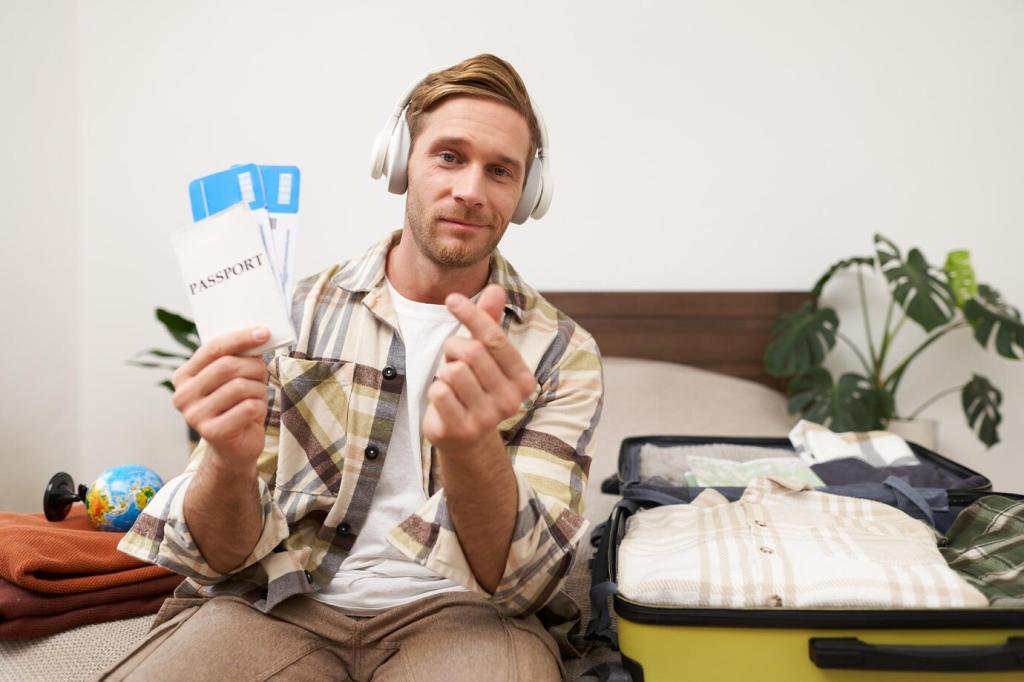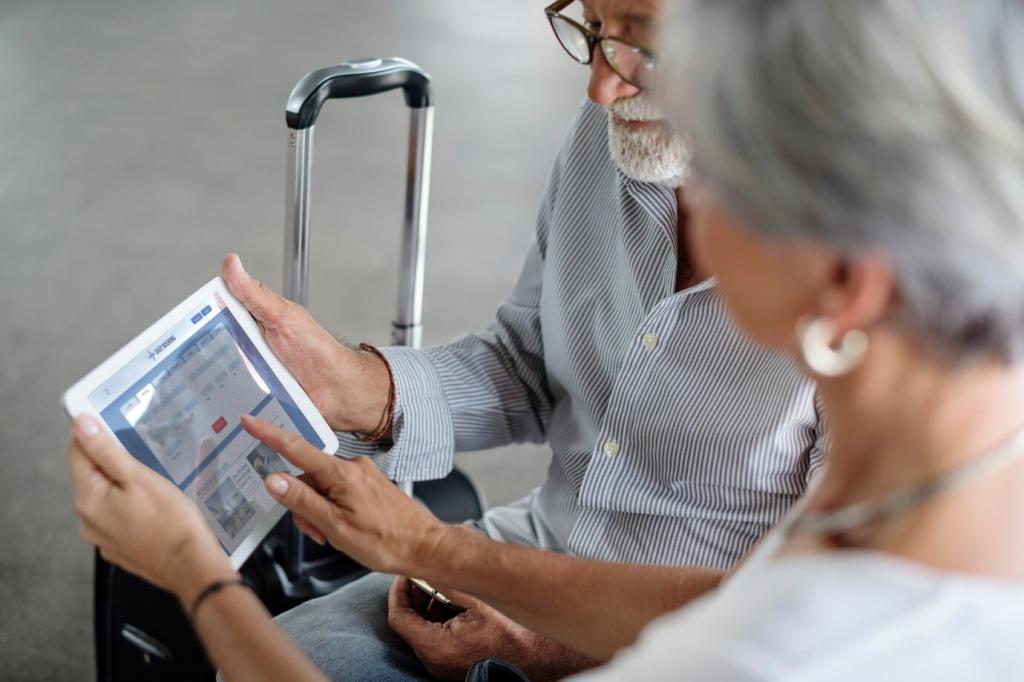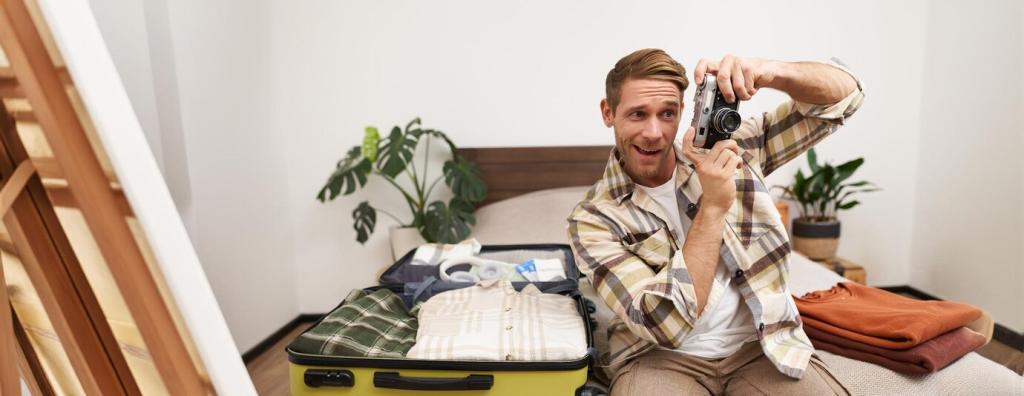
Planning Accessible Tours for Older Adults: Travel Without Barriers
Selected theme: Planning Accessible Tours for Older Adults. This welcoming home page transforms careful planning into confidence, comfort, and wonder for mature travelers and their companions. Explore clear steps, human stories, and practical tools, then join the conversation and subscribe for fresh, accessible travel inspiration.
Understand Needs Before You Map the Journey
Start by noting walking distance comfort, steps tolerance, and transfer needs for vehicles or showers. Use a simple daily energy scale to shape pacing, and invite travelers to describe what a great, low-stress day actually looks like.
Ask about hearing aids, caption preferences, contrast and lighting needs, and sensitivity to crowds or noise. Build in quieter spaces, written confirmations, and guides who can amplify or repeat key points with patience and warmth.
Confirm medications, allergies, and physician recommendations. Create a concise medical summary, including emergency contacts and prescriptions. Keep copies in a digital wallet and a paper folder so help is easy to provide whenever it is needed.
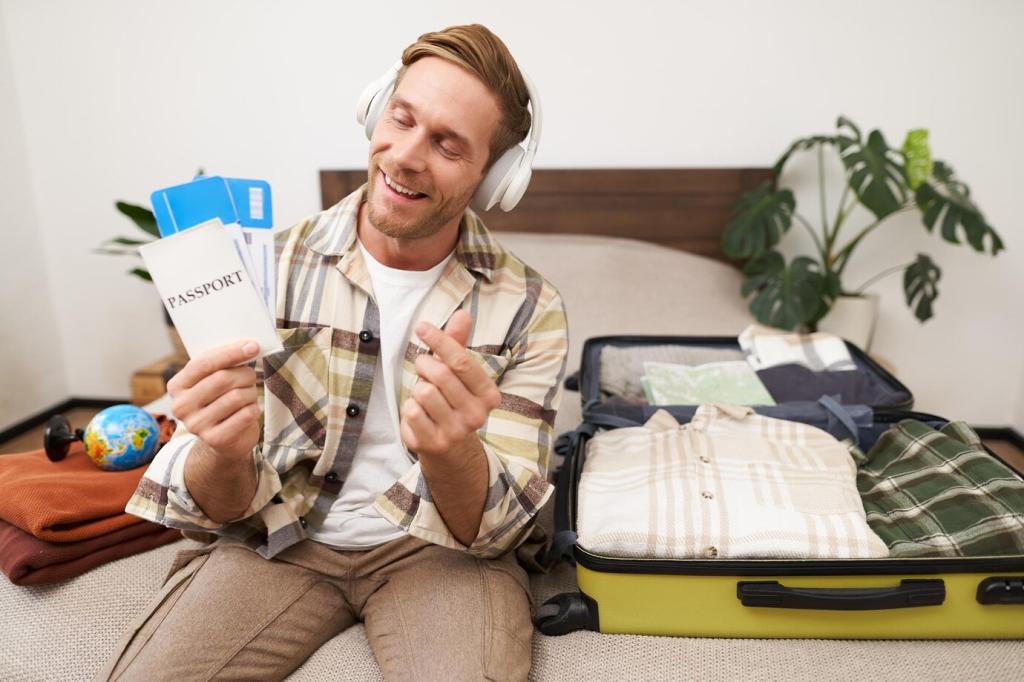
Choose Destinations and Seasons Strategically
Research step-free public transit maps, curb cuts, and elevator coverage. Museums with loaner wheelchairs, tactile exhibits, and quiet hours add calm. Write to visitor bureaus to confirm current elevator maintenance and access routes before committing.
Choose Destinations and Seasons Strategically
Mild temperatures, low humidity, and stable air quality are kinder to joints and breathing. Consider altitude acclimatization days, shade availability, and hydration breaks. Shoulder seasons often balance pleasant weather with lighter foot traffic and shorter lines.

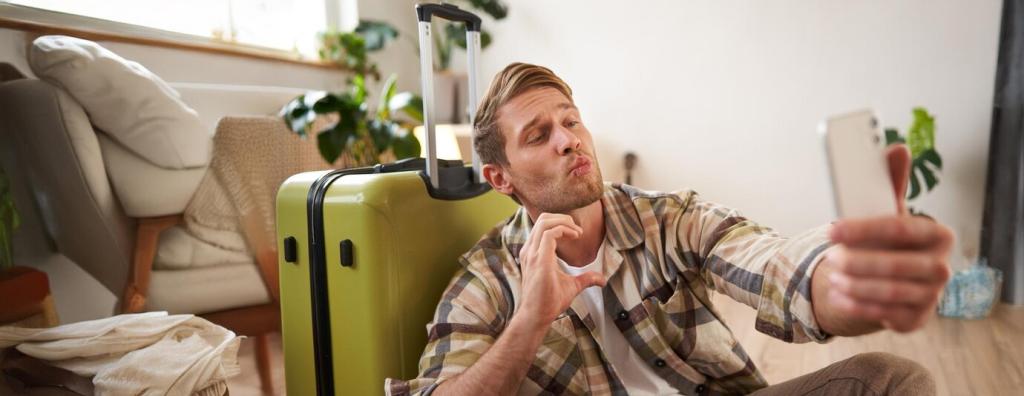
Design Itineraries That Breathe
Aim for three focused hours of activity, two generous breaks, and one highlight that truly matters. This gentle framework protects stamina while leaving space for serendipity, conversation, and a second look at something beautiful.
Lodging and Transport That Truly Support You
Go Beyond the Accessible Label
Ask hotels for photos of bathroom layouts, door widths, bed height, and shower chairs. Confirm roll-in showers, grab bars, and clearance around furniture. A ten-minute call can prevent surprises that derail the whole trip.
Transport With Ramps, Lifts, and Priority Seating
Contact airlines and rail operators early to arrange assistance and seating. Confirm lift availability for coaches, ferries, and tour vans. Note boarding times, aisle widths, and driver experience with mobility aids to ensure smooth transitions.
The Last Mile and Mobility Aids
Plan the path from station or curb to lobby. Reserve scooters or lightweight wheelchairs if needed. Carry spare parts, a small tool kit, and charger adapters so equipment stays reliable across different cities and power standards.
Communication, Companions, and Care

Contact Providers in Advance
Email museums, restaurants, and tour companies with specific needs and arrival times. Request quiet seating, step-free routes, and written summaries. Friendly advance notes often unlock better guidance, reserved benches, and staff who are ready to assist.
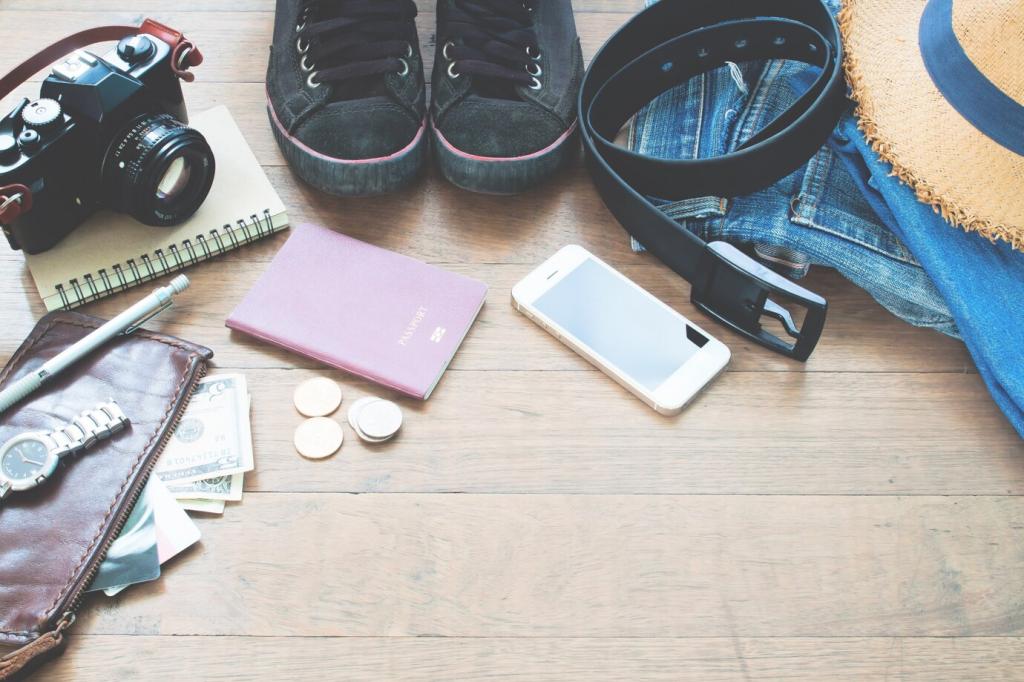
Right-Sized Groups and the Buddy System
Smaller groups enable eye contact, gentler pacing, and quick decisions. Pair up buddies who understand mobility preferences and emergency steps. Rotate responsibilities to prevent fatigue and preserve the spirit of shared discovery.

Basic Support Skills for Companions
Teach companions how to fold a wheelchair, guide someone with low vision, or communicate with hearing aids respectfully. Short practice sessions at home build calm, reduce awkwardness, and make real travel days feel familiar.
Tools and Tech That Empower
Use apps that list step-free entrances, elevator status, and accessible restrooms. Download offline maps and pin rest spots. A shared trip plan lets companions help navigate without pressure when energy or focus runs low.
